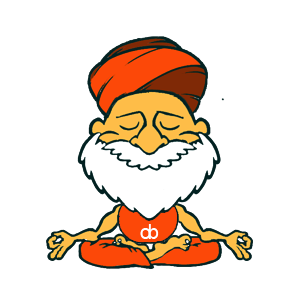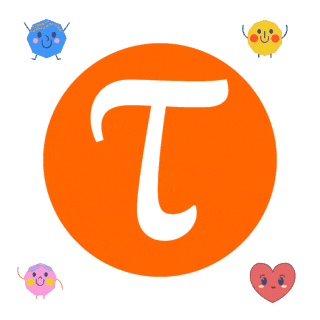In the complex and fast-paced world of corporate dynamics, the mind often becomes a reservoir of unfiltered thoughts, pressures, and anxieties. Amidst this mental clutter, finding clarity, focus, and tranquility can feel like navigating through a labyrinth. However, there exist tools, akin to silent companions, that can guide this journey from clutter to clarity, transforming the mind from a chaotic space to a sanctuary of peace, focus, and productivity.
1. Mindfulness Meditation
Mindfulness meditation is more than a practice; it’s a journey inward where the chaos of unfiltered thoughts is met with observation, acceptance, and tranquility.
Implementing Mindfulness:
- Daily Practice: Dedicate a few minutes daily to sit in silence, focusing on your breath and observing thoughts without judgment.
- Mindful Moments: Infuse mindfulness into daily activities, transforming mundane tasks into moments of focus and tranquility.
Benefits:
- Mental Clarity: Filters the mental clutter, unveiling a space of focus and clarity.
- Emotional Balance: Enhances emotional regulation, mitigating anxiety, and stress.
2. Journaling
Journaling transforms the intangible chaos of thoughts into tangible words, offering a canvas where the mind’s mess unfolds, is observed, and sorted.
Implementing Journaling:
- Consistency: Maintain a daily or weekly journaling routine, allowing thoughts, emotions, and experiences to flow into words.
- Reflection: Use journaling as a reflective tool to observe, analyze, and transform thought patterns.
Benefits:
- Emotional Outlet: Provides a safe space for emotional expression and release.
- Insightful Reflection: Offers insights into patterns, triggers, and coping mechanisms.
3. Physical Activity
Physical exercise is not just a body’s ally but the mind’s companion, transforming not just physical energy but mental chaos into vitality.
Implementing Physical Activity:
- Routine: Incorporate a regular physical activity routine, aligning with your preferences and schedule.
- Diversity: Introduce diversity in exercises to make the experience enjoyable and engaging.
Benefits:
- Endorphin Release: Induces the release of endorphins, mitigating stress, and anxiety.
- Mental Focus: Enhances mental focus and clarity, cleaning the mind’s clutter.
4. Digital Detox
In the digital age, screens often amplify the mind’s clutter. A digital detox is a silent retreat, offering the mind a sanctuary of peace and focus.
Implementing Digital Detox:
- Scheduled Breaks: Schedule short, regular breaks from digital devices, stepping into the physical environment.
- Mindful Consumption: Be mindful of digital content consumption, focusing on quality over quantity.
Benefits:
- Reduced Anxiety: Mitigates the anxiety and stress amplified by constant connectivity.
- Enhanced Focus: Fosters enhanced focus, creativity, and mental clarity.
5. Nature Immersion
Nature is a silent cleanser, where the mind’s mess dissipates into the tranquil rhythms of the natural world.
Implementing Nature Immersion:
- Regular Retreats: Take regular retreats into nature, stepping away from the corporate chaos.
- Nature Focus: Focus on the sensory experiences of nature, allowing the mind to immerse and unwind.
Benefits:
- Stress Reduction: The natural environment reduces cortisol levels, mitigating stress.
- Clarity of Thought: Enhances clarity of thought, creativity, and problem-solving skills.
Transition from Clutter to Clarity
In the corporate landscape, these tools are not just optional add-ons but essential components. They are silent bridges transforming the gap between the mind’s clutter and the aspired clarity, focus, and tranquility.
Organizations too play a pivotal role, not just in acknowledging but fostering an environment where these tools are accessible, encouraged, and integrated into the organizational culture, weaving the narrative of mental well-being into the corporate tapestry.
Conclusion
In the dance between corporate pressures and mental well-being, tools to clean the mind’s mess emerge as silent choreographers, orchestrating a narrative where mental clutter transforms into clarity, chaos into focus, and anxiety into tranquility. It’s a narrative where professionals are not just task-performers but holistic beings, each equipped with tools that transform the workplace from a source of stress to a sanctuary of balance, focus, and holistic well-being.





